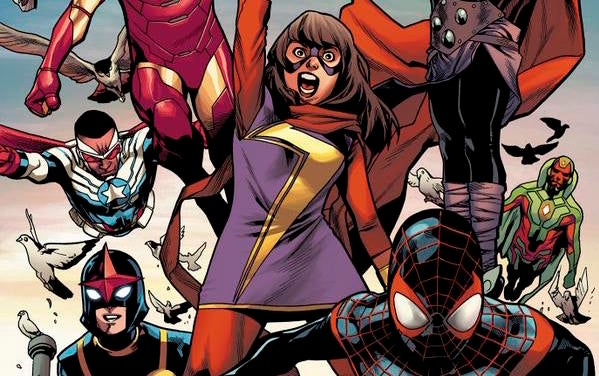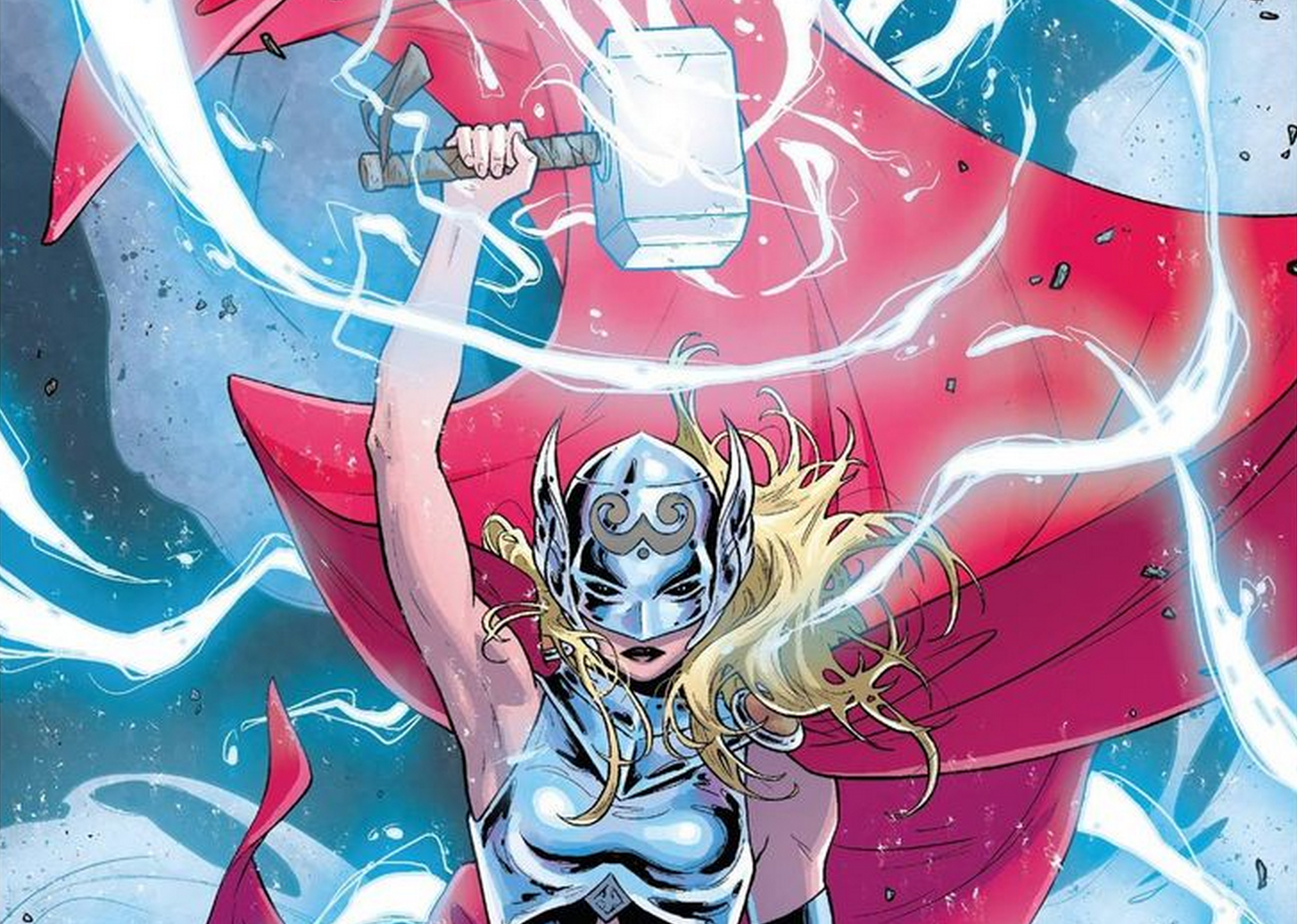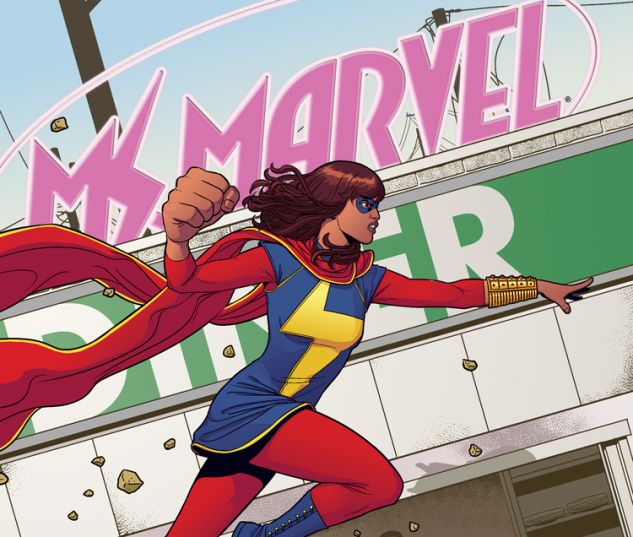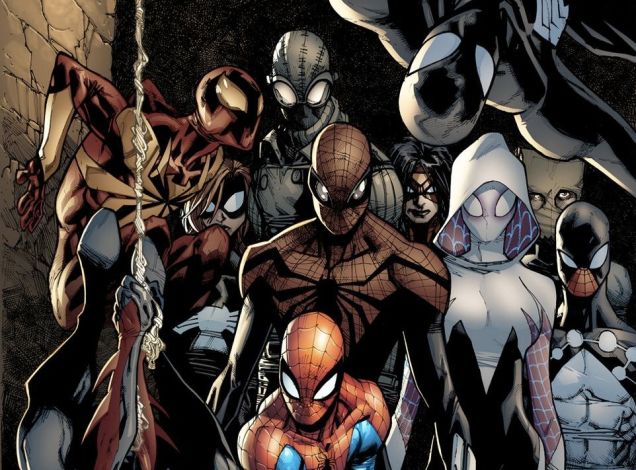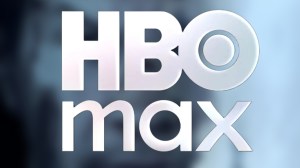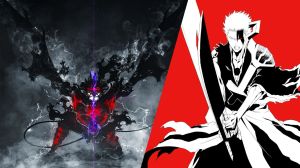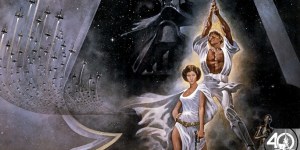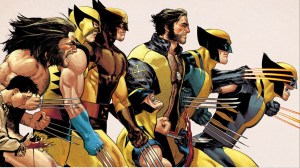DC Comics was the publisher that hooked me on comics. Between picking up back issues of John Ostrander and Luke McDonnell’s Suicide Squad from a quarter bin and discovering Geoff John’s The Flash, there was no way I wasn’t going to read funny books for the rest of my life. As I dove into the world of superheroes, one of my absolute favorite things about The Flash and so many other comics at DC was the concept of legacy. So much at DC relied heavily on this idea, from Johns’ comics like JSA and Teen Titans to back issue classics like Starman. DC Comics’ stories were established in a world where superheroes had fought the good fight for close to a century and when one of them fell, someone else could pick up the mantle. It was a complex tapestry where old legends inspired the new, a truly unique mythos without rival.
Videos by ComicBook.com
That ended with the introduction of the New 52 in 2011. The company reset their timeline so that the first superheroes had only emerged five years before the current wave of stories. That isn’t a lot of time to build a legacy, much less a personal mythos. It’s still a mystery how Batman has managed to pick up four Robins (and lose/resurrect half of them) in such a short span of time. Many of the classic DC heroes were still around, but the concept of legacy was gone for good along with the iconic Golden Age heroes that founded the company (Earth-2 does not count). The concept of a legacy-driven superhero comics seemed to be gone for good. That is until, maybe, now. The distinguished competition, Marvel Comics, is rebuilding their own superhero universe in the event Secret Wars. But rather than remove their history and reset their heroes, Marvel appears to be embracing the ideas DC Comics abandoned.
Just take a look at the cover of Marvel’s Free Comic Book Day offering from earlier this month, All-New, All-Different Avengers, written by Mark Waid and drawn by Mahmud Asrar. Seven heroes compose this team of post-Secret Wars Avengers, and only one of them is the first to carry their name. The Vision appears to be the same character (give or take some bisections and memory wipes) that was introduced in Avengers #57. Everyone else takes on a very familiar name, but the faces beneath the masks aren’t the same as those that were created in the 40s, 60s, and 70s. Captain America, Iron Man, Thor, Ms. Marvel, Spider-Man, and Nova are all now legacies passed on to a new generation of heroes.
It’s a cover that is loaded with history, 76 years of it. The costumes, and the characters beneath them, play into different elements of their many years in publication. It’s worth examining both the mantles and those bearing them one-by-one, starting with the “big three” of the Avengers.
Captain America’s shield is no longer wielded by Steve Rogers, but by Sam Wilson, formerly The Falcon. This torch-passing occurred last October in Captain America #25. It was a natural transition between an elderly Steve Rogers and one of his oldest, most trusted friends. Wilson makes for a fitting replacement. He has been part of Marvel Comics since 1969, and has fought alongside Captain America for a significant portion of that time, reflecting the same patriotic ideals. This is far from the first time that someone else has held the name Captain America though. Before the Falcon, it was Bucky Barnes when Steve Rogers was believed dead (as recently as 2012). There’s a long history of the shield being handed over for a year or two before returning to the arm of the original Captain America, which may leave some fans reasonably skeptical.
Thor’s hammer Mjolnir has a similar history of multiple ownership, moving between the hands of heroes like Beta Ray Bill, Thunderstrike, and even Steve Rogers himself. Now it is in the hands of Jane Foster after Thor was found unworthy in the conclusion of Original Sin. She has possessed Mjolnir in a series of her own since October, but only revealed her secret identity this week. Foster makes for a fitting successor to the Odinson. Much like the original creation of Jack Kirby and Stan Lee, she is a frail doctor who cares deeply for human life, entrusted with an incredible transformative power to protect it. This new identity manages to return to the character’s thematic origins with an exciting twist.
The new identity of Iron Man is still a mystery, but looking as Asrar’s design, it appears that there is a woman under the helmet. It would not be the first time that Tony Stark’s old ally Pepper Potts has worn a suit, but that is idle speculation for now. Just like his most famous allies, Iron Man is no stranger to having others occupy the role he created. In the original Secret Wars in 1984, it was James Rhodes (better known as War Machine) fighting as Iron Man.
The biggest difference between the many baton passes of yesteryear and now is that all three have changed hands in less than a year. Both the new Thor and Captain America were introduced 8 months ago, and the newest Iron Man has not appeared yet. This time all three of their predecessors have been killed almost simultaneously in Jonathan Hickman’s Avengers. Thor died battling the Beyonders on the edge of space, while Captain America and Iron Man were killed dueling one another during the final incursion that began Secret Wars. These legacies are all being passed along in a carefully coordinated manner.
The other three legacy heroes occupying the cover are all much younger, each of them greeting readers within the past five years. It is only the new Nova, Samuel Alexander, who has a dead predecessor. Richard Rider, the original Nova, has been gone for several years, allowing Sam to explore the Marvel Universe on his own. He is connected to Richard’s legacy primarily through their shared powers and the significance of the Nova Corps.
Ms. Marvel has never met the woman who once filled her shoes, either (at least until an upcoming issue). She chose the alter-ego of Ms. Marvel not due to a connection of family, friendship, or powers, but out of respect for Carol Danvers’ legacy. Carol is still fighting as Captain Marvel, leaving the less formal “Ms.” behind. The new Ms. Marvel, Kamala Khan, is not only a spiritual descendant to Danvers trailblazing efforts a woman in the Marvel Universe, but all of the superheroes occupying that world. Her intense love for superheroes is a defining characteristic. She was a fan before she ever met those she now calls teammate, inspired to heroism as much by Spider-Man or Captain America as the woman whose former mantle she dons.
Mile Morales is the most interesting case of the entire lot. He originally became Spider-Man when Peter Parker died in Ultimate Spider-Man, but now Miles occupies a universe where Peter is still alive. He was inspired by a sacrifice, but now must contend with not being the only Spider-Man on the block. In fact, he’s far from the only “Spider-person” in general.
In the past year, Marvel Comics has expanded the number of heroes with Spider-based identities and titles. Peter Parker, Miles, Spider-Woman, and Silk all currently operate in New York City. It’s likely that after Secret Wars, Gwen Stacy (a.k.a. Spider-Woman) may join them as well. And the thought of them occupying the same world and working in tandem is reminiscent to the rich Green Lantern mythos DC Comics established, where the collected legacies of fabled heroes shared one space and built a a richer story together.
From these examples alone, it’s easy to see that the post-Secret Wars Marvel Universe will be a radically different from the one we knew just one year ago. DC Comics eliminated most of their history since 2011, choosing to focus on the new instead. Ironically, Marvel Comics has picked up their competition’s legacy, embracing the enormity of their own history. This has resulted in a variety of compelling new series like All-New Captain America, Thor, and Ms. Marvel. They reflect a cohesive vision of a universe in which heroes may die or retire, but their legacies live on. New men and women of disparate background are allowed to fill these iconic roles and guard the Marvel Universe for the future.
It’s important to remember that most of these changes are very new, and while a unique (and incredibly popular) character like Ms. Marvel isn’t likely to go anywhere, it’s far from the first time that Steve Rogers or Tony Stark have retired for less than a year, only to re-fill their boots with a wave of the hand (movies can do that). But right now, their combined successors are diverse–and successful–enough to suggest that their stay may be slightly more permanent (or at least until Avengers: Infinity War hits theaters).
Looking back at the Marvel and DC stories that have embraced legacies through space and time, it’s hard denying their richness. James Robinson’s Starman and both Mark Waid and Geoff John’s runs on The Flash are some of the greatest longform superhero stories ever told. Excellent sales on these new heroes and fond remembrances of past legacy stories give Marvel all the reasons they need to stick to their guns and continue to build this new (yet old) Marvel Universe. They now possess an unparalleled history and stable of character that can tell stories like no other publisher in comics can.
Over a decade after I first picked up an issue of The Flash, a new golden age of legacy heroes is prepared to emerge. Only time will tell if Marvel is ready to truly seize the opportunity.
Are you a fan of legacy characters? Who’s your favorite? Sound off in the comments below.
– – –
Want a chance to win a Batman Arkham Knight Playstation 4 Bundle? Click here or the image below to enter!
Good luck!

